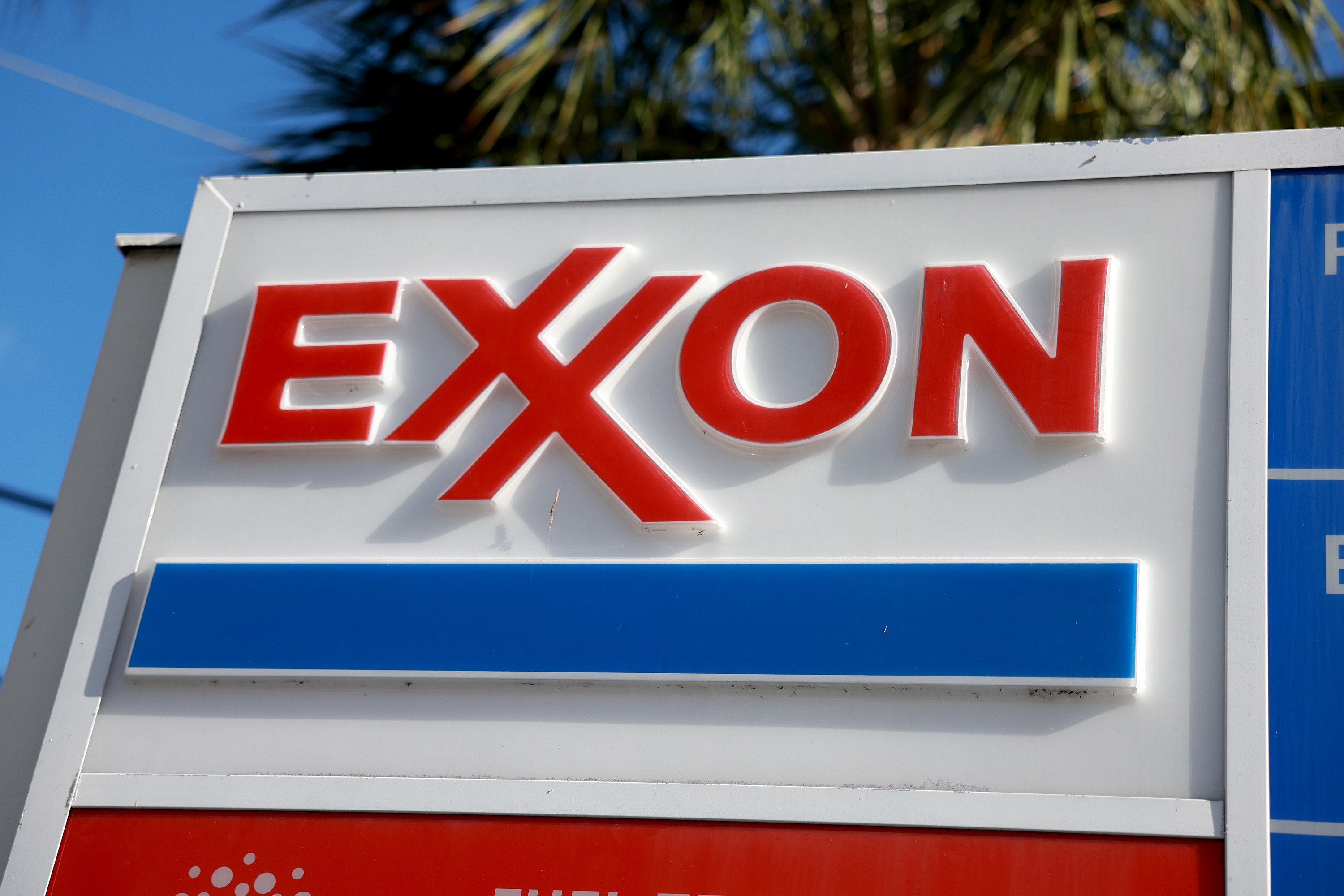ExxonMobil Corporation (XOM +1.07%) is unloved today, and for good reason. Falling production numbers and return on capital employed metrics that are relatively weak compared to peers have made it hard for some investors to stick around. The company believes it's about to turn the corner, but until the proof is in, stockholders will be leery. However, there's one thing that Exxon has gotten right, and it materially improves the prospect of better days ahead.
Ups and downs
As one of the world's largest oil and natural gas companies, Exxon's business is inherently volatile. These two commodities are prone to swift, and often material, price swings. The last big downturn in oil prices started in mid-2014, when spot prices plummeted from over $100 a barrel to below $30 a barrel in just 18 months or so. While that may seem like a distant memory today, since oil prices turned higher in early 2016 and have been up in the $70-a-barrel range recently, such extreme price moves are really par for the course.

Image source: Getty Images.
This is why Exxon has chosen to build a diversified business, with upstream and downstream operations. The downstream, in which oil and natural gas are inputs into the company's chemical and refining businesses, tends to benefit from the falling energy prices that cause problems on the upstream side. That's beneficial, but that alone wasn't what got Exxon through the last downturn without suspending dividend increases or, worse, cutting its disbursement, like some peers were forced to do.
Relying on the balance sheet
That's where Exxon's conservative financial structure came into play. Exxon has long focused on maintaining a low level of leverage. For example, in June of 2014, just before oil prices started to really tumble, Exxon's $11.8 billion in long-term debt accounted for just about 6% of its capital structure. That's an incredibly low level of leverage for any company, and it provided Exxon with a huge amount of financial leeway during the downturn.
In fact, Exxon made extensive use of the long side of its balance sheet to support its business during that period of weak oil prices. By the time oil prices started to turn higher in early 2016, long-term debt had risen to $29.6 billion. Long-term debt as a percent of the capital structure, meanwhile, had increased to roughly 14%. Although that's still a pretty low number, the change represents a huge increase in leverage for Exxon. But that added leverage is what allowed the oil giant to keep investing in its business and to reward shareholders with continued dividend hikes.
|
Date |
June 2014 |
June 2015 |
June 2016 |
June 2017 |
June 2018 |
|---|---|---|---|---|---|
|
ExxonMobil Long-Term Debt |
$11.8 billion |
$19.4 billion |
$29.5 billion |
$24.8 billion |
$20.7 billion |
Data source: ExxonMobil Corporation company fillings.
Today Exxon has big plans to help turn production higher again, with capital spending projected to increase from around $24 billion in 2018 to $30 billion by 2023. So, it has big spending plans ahead of it. But it hasn't forgotten about the fiscal discipline that helped it get through the last downturn. By the end of the second quarter of 2018, long-term debt was down to roughly $20.7 billion. A decline of around 30% from the peak. Long-term debt at this point accounts for about 9.7% of the company's capital structure.
Short-term investors looking at Exxon will probably be inclined to pay extra attention to production and capital spending. However, long-term investors should be pleased to see that, despite the headwinds Exxon faces, it has remained true to its focus on financial prudence. Put simply, it is using the current oil rally to both fund spending and get its balance sheet back into prime shape. That discipline will allow it to handle the next downturn just as easily as it did the last.
Positive moves
There's no way to candy-coat Exxon's current situation -- it has clearly fallen behind peers in the oil industry. However, it has a plan to fix that and is executing that plan while still managing to improve its balance sheet. If you are a long-term investor, Exxon's efforts to reduce debt are evidence that the company hasn't lost its way even if times are tough today. While everyone else is focusing on what Exxon is doing wrong, this is one thing it is clearly doing right.






